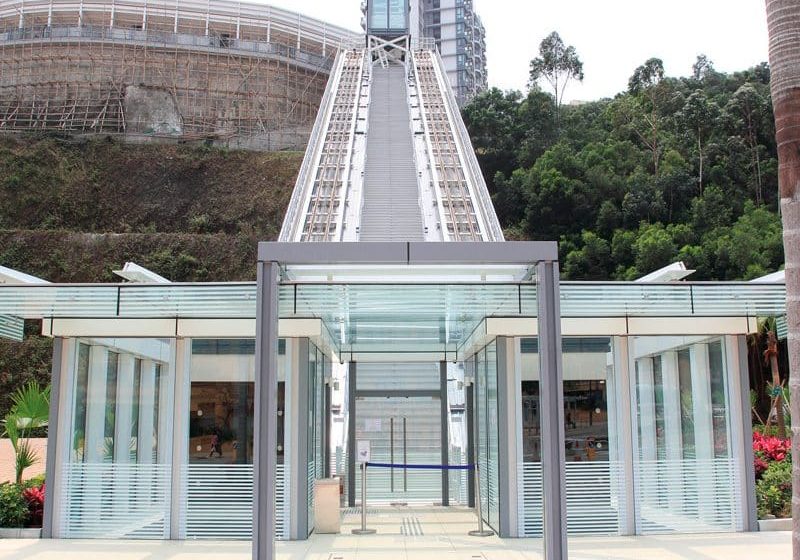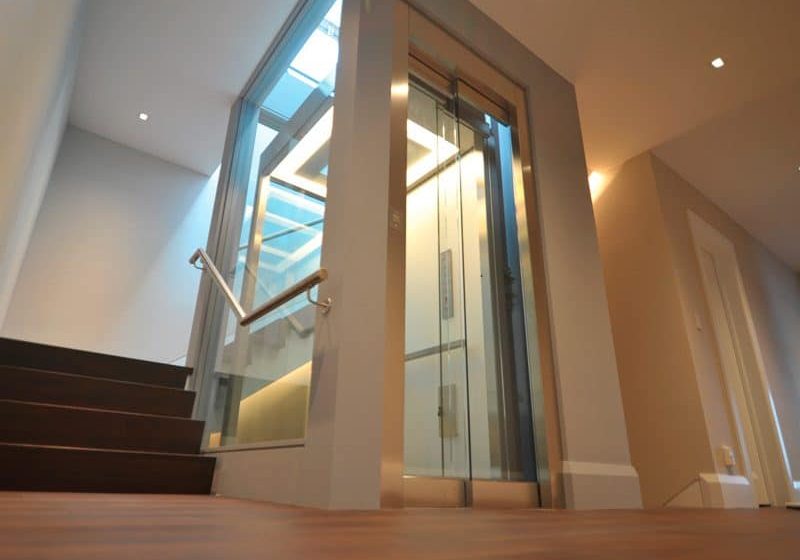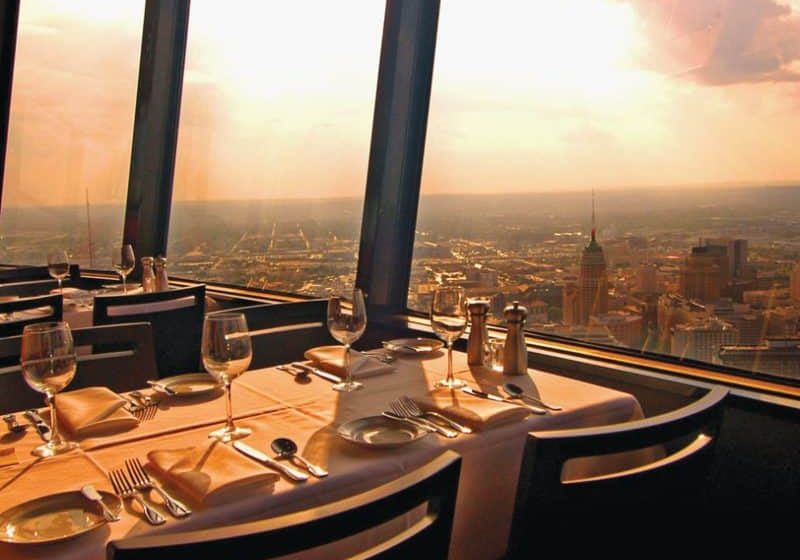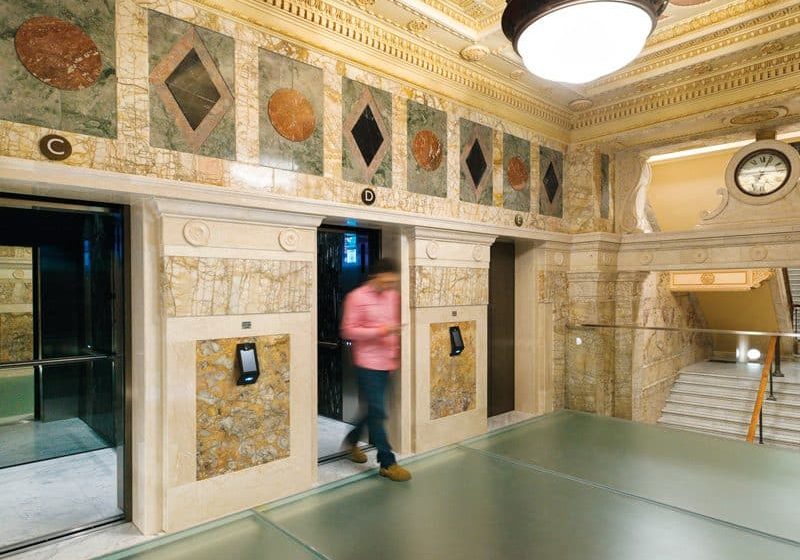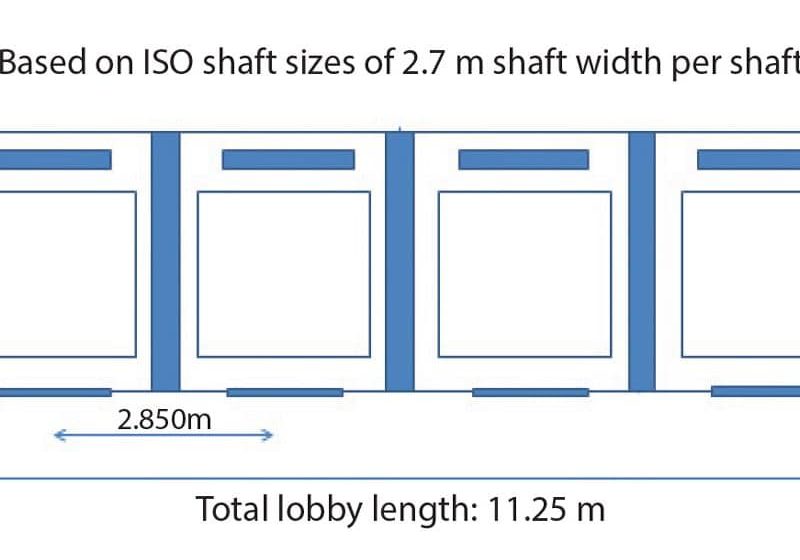Seattle-Tacoma International Airport
Jan 1, 2015
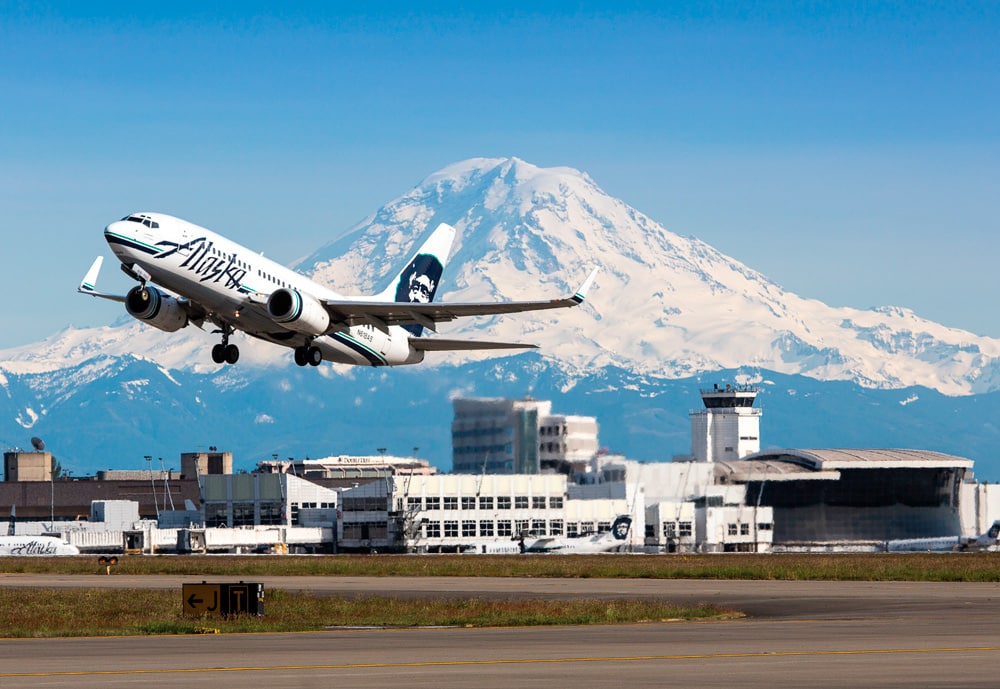
Cooperation results in project that paves the way for growth at one of the busiest airports in the U.S.
Seattle, Washington
submitted by Elise King, KONE Inc.
Serving more than 34.8 million passengers a year, Seattle-Tacoma International Airport (Sea-Tac) is the 15th-busiest airport in the U.S., with increased international trade and tourism expected to drive expansion for several decades. That is why it was critical to operator Port of Seattle that an escalator modernization make facilities safer, more comfortable and more energy efficient. They turned to a team of industry professionals led by KONE to get the job done.
The team ultimately determined the project would consist of the modernization of 42 escalators, averaging 40 years old, and the addition of two escalators. The process took approximately two years, ending in June 2013. Deciding what products to use and how to transport and install them proved challenging, at times involving maneuvering escalator sections through openings and down narrow hallways. Besides the aforementioned requirements, the port wanted a solution that was cost conscious, visually appealing and minimally disruptive. Using two types of solutions – 10 EcoMod™ and 34 ECO3000® units – the team met all requirements. According to KONE:
“The ECO3000 full truss replacement allowed for revisions in escalator step width and balustrade type, while the EcoMod solution enabled the original steel trusses to be retained, avoiding the shutdown of heavily used baggage systems and maintaining open people-flow routes in key busy areas. KONE separated the project into four distinct phases. Although the phases overlapped, each required completion of some escalators prior to continuing with the next group. This is truly a case where each unit was looked at individually, and the solution was built from the bottom up.”
Enhancing the experience and safety of passengers was very important to the port. So, several of the trusses on the older escalators, including four that carry international passengers to and from planes and to the baggage claim area, were widened from 24 to 40 in. This promises to cut down on accidents involving passengers struggling with oversized or too much luggage, since it will give them more room to maneuver. In all, 10 escalators were widened.
Additional improvements included 22 high-deck, steel units being replaced by glass ones. The project encompassed 32 truss replacements in all. Ten escalators were replaced with their trusses in place using EcoMod. Among the advantages of EcoMod, states KONE, is it requires a smaller work area than a truss replacement. For Sea-Tac, this resulted in less disruption to travelers and airport operations. KONE elaborates:
“EcoMod minimized disruption to the airline baggage system by avoiding the bag well areas beneath the existing trusses. Just as critical was the South Satellite terminal, where two sets of three adjacent escalators required modernization. If trusses were replaced, the adverse effect on the traveling public would have been significant and unacceptable. The smaller construction footprint allowed two of the escalators – one up, one down – to operate at all times, while the third in the group was being modernized.”
Delivery of trusses to the South Satellite terminal called for innovation. Some were delivered through a second-floor window before having to be guided down a narrow hallway. They were delivered in sections, since pieces exceeding 10 ft. in length on a 28-ft. rise could not have made turns into the escalator wellway. Some trusses located below grade were delivered through a long-dormant grade-level access hatch. KONE observes the most complex of this installation involved a 38-ft.-rise escalator that had to be cut into eight sections and delivered through newly cut openings on multiple levels, “where the top intermediate truss section was the last piece to be set.”
Working with Turner Construction, KONE exceeded goals in many areas. For example, an initial five-day installation was reduced to two days thanks to cooperation, tight security and working during non-peak hours. KONE praises general contractor Turner for coordinating work with other trades, which allowed escalator work to progress unimpeded.
Aside from hoisting and maneuvering, other challenges included:
- Side-by-side installation of ECO3000 and EcoMod units. This required working with an existing truss locked into position and sliding escalator components several inches in order for the units to align with one another. They now align perfectly, with the only indication they are different being their front plates.
- A step-by-step hoisting sequence in the main terminal since ECO3000 escalators were assembled prior to final hoisting, and multiple escalators in the same barricaded area were built at the same time. This involved planning and ordering parts well in advance to ensure crews were well stocked.
Energy efficiency was an element of the project. One such feature – escalators with sleep mode – was a first for KONE in a mass installation and one that will likely be used in other, similar projects. KONE Project Manager Stephen Schoenfelder observes:
“This was an instance of the site team working with the engineers and factory to design the right solution for the Port of Seattle. We went through several iterations of the sensor and software to achieve full functionality, improve durability and reduce inspection time.”
Kevin Egli, regional manager for consultant Lerch Bates Inc., points out sleep-mode operation results in reducing unit speed by 10% when there is no demand, in turn leading to energy savings and less wear on components.
A feature that both saves energy and enhances aesthetics was the use of LED skirt lighting, which allows the port to fulfill code requirements while improving passenger visibility without adding overhead lights.
Specifications
- Manufacturer: KONE
- Models: ECOMod and ECO3000
- Step width: Up to 40 in.
- Rise: Up to 38 ft.
- Balustrades: Stainless steel and glass Lighting: LCD skirt
Credits
Owner: Port of Seattle
Architect: ZGF Architects
Consultants: Lerch Bates Inc., Elevator Consulting Services, KPFF Consulting Engineers and Quantum Consulting Engineers
General contractor: Turner Construction Co.
Get more of Elevator World. Sign up for our free e-newsletter.




